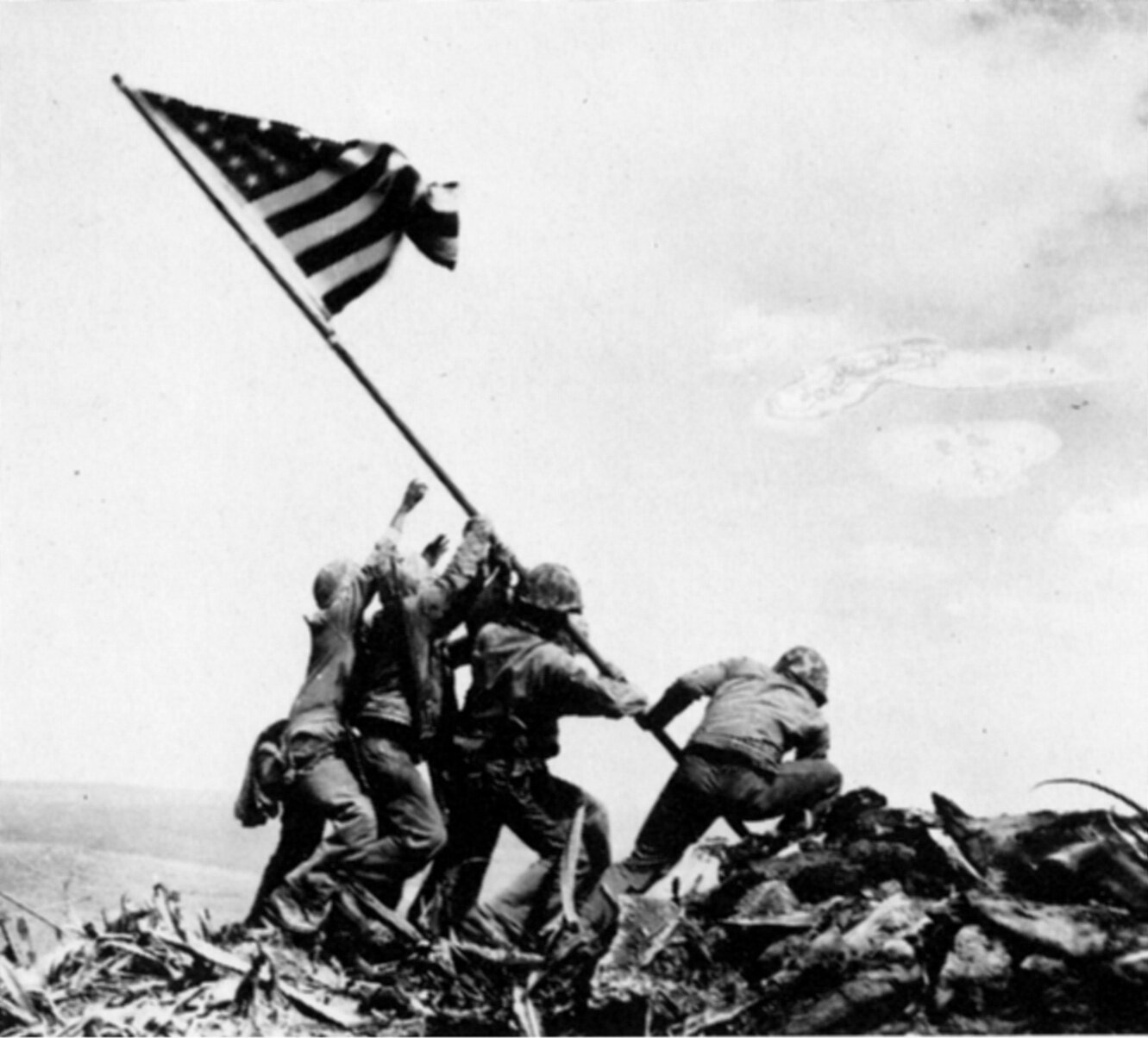
Nearly two centuries after its founding, the standard-bearer of American flagmakers is flying high.
Written by Jenn Thornton
If there is one thing that unites all Americans, even in divided times, it’s the American flag, the universal symbol of freedom in this country and throughout the world. Whether waving or at rest, in celebration or commemoration, the flag represents our true colors. The flag has a representative, too, and it’s the oldest and largest flag manufacturer in the United States.
Since planting its flag in 1847, Annin Flagmakers has been a banner business. A sixth-generation family-owned and -operated company based in Roseland, New Jersey, Annin has three domestic factories in Virginia and Ohio, but the roots of the Annin family come from Annandale, Scotland, the ancestral home of Braveheart’s Robert the Bruce. Like so many other Scottish-born transplants, including famed industrialist Andrew Carnegie, the Annins prospered in America. They started in shipping, dealing mainly in hardware, but also dabbled in flags.
Later it was two Annin sons, Edward and Benjamin (at the enterprising ages of the 15 and 13 at the time), who set up a flag operation within their father’s existing business. Called Annin’s Flag & Banner Manufactory Office & Salesroom, the gambit paid off, and they started manufacturing flags for more than just ships—though there were quite a few of those, too (including the first America’s Cup yachts in 1851, and every year since). Concert flags were among its commissions, and Queen Victoria and Prince Albert, seeking exhibition flags, was an international client. From World’s Fair exhibitions to military campaigns, on it went. Annin was demand, and while the American flag was the emblem of its work, the company was emblematic of America itself—ambitious, industrious and growing.
“Annin was demand, and while the American flag was the emblem of its work, the company was emblematic of America itself—ambitious, industrious and growing.”
Annin Flagmakers certainly has given Old Glory its fair share of glory days, with many of the nation’s most historic milestones involving an Annin banner. From its earliest years, this includes the flag for the inauguration of Abraham Lincoln. (It is widely thought that the company also supplied the flag that draped the former president’s casket after he was assassinated.) Annin provided the flag for the opening ceremonies of the Brooklyn Bridge in 1883, as well, and when both Commander Robert E. Peary and Rear Admiral Richard Bird ventured to the North Pole, they did so with Annin-made American flags. The first flag raised on Iwo Jima during World War II was from Annin, and the company also provided NASA with flags throughout its postwar space program—Neil Armstrong flew to the Moon with Annin flags. Decades later, the company was commissioned to manufacture flags for the 1996 Summer Olympics in Atlanta, and was tapped to become the principal flag supplier to the United Nations.
Just as the American flag has come a long way from its Betsy Ross beginnings, so too has the company most responsible for its proliferation. Having modernized production and harnessed 21st century technology, Annin Flagmakers now makes state, provincial, international and historical flags. But the U.S. flag? Still the Stars and Stripes of this show.

Photographs courtesy of Annin Flagmakers


